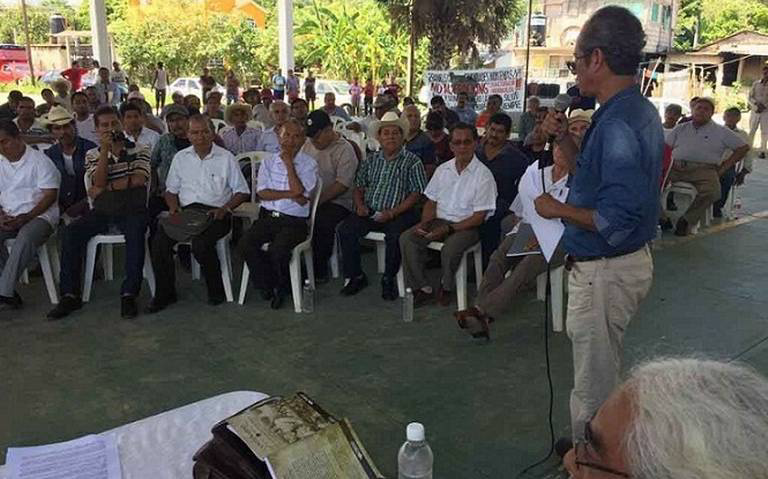Disclaimer:
Please be aware that the content herein is comprised of personal reflections, observations, and insights from our contributors. It is not necessarily exhaustive or authoritative, but rather reflects individual perspectives. While we aim for accuracy, we cannot guarantee the completeness or up-to-date nature of the content.
How an indigenous group opposed fracking with collective intelligence

Back in 2013, the Mexican government passed the Reforma Energética, which, amongst other things, allows the use of hydraulic fracturing, also known as fracking, as a gas extraction and exploitation method (Alternativas y Capacidades, 2018). The Huasteca Potosina has abundant natural resources, and, because of this, it became Petróleos Mexicanos (PEMEX)’s target for fracking.
One of the main actors involved in the movement against fracking in the Huasteca region is the Coordinadora de Organizaciones Campesinas e Indígenas de la Huasteca Potosina (COCIHP; Coordinator of Farmer and Indigenous Organizations of the Huasteca Potosina). COCIHP is a civil association formed in July 1994. Its members are 12 grassroots organizations at the municipal level (in 6 municipalities) of indigenous Nahuatl, Teenek, campesino, and women producers in the coffee, citrus, and pile farming sectors (Wiser). COCIHP’s main objective is to prevent and prohibit fracking in the municipality of Xilitla, through the respect of Ejido and Community Regulations by the municipal authority. According to Alternativas y Capacidades AC (2018), they have a methodology for the Community Training Process:
They bring together the committees, neighborhood leaders and neighbors of the community in plenary sessions at the invitation of the ejido and community authorities.
They inform through analogies the framework of indigenous peoples' rights, especially the right to regulate community life.
They perform small theater plays to represent the actions of the companies to implement fracking in the territory.
Provide visual support materials appropriate to the context and audiences: videos, maps, printouts of the regulatory law.
Brainstorming for the community to collectively identify and visualize community issues.
Collectively identify solutions to the problems including the slogan NO TO FRACKING in the community.
They draft the Community Regulations and present them to the community and the Community Assembly votes on their approval.
Following these guidelines, and mainly dialoguing with the authorities and mobilizing the communities, the COCIHP has succeeded in getting the City Council to declare itself Fracking Free.
According to the same Alternativas y Capacidades document, some of the challenges that COCIHP found were 1) trust with people and community authorities, 2) remoteness of the communities, and 3) people who speak an indigenous language. They faced these challenges by 1) strategic networking with people close to the community authorities in order to have a direct link and build trust with the communities; 2) COCIHP has partnered with other CSOs that have budgets for training activities. Given the scarcity of public transportation, COCIHP made alliances with local people so that they could transport them to the communities; and 3) COCIHP is accompanied by translators of the Náhuatl and Téenek languages to facilitate communication. It also translates the word "fracking" into the two languages to provide clarity on the impact of fracking.
https://wiser.directory/organization/coordinadora-de-organizaciones-campesinas-e-indigenas-de-la-huasteca-potosina-cocihp
https://alternativasycapacidades.org/wp-content/uploads/2019/10/Estrategias-ISBN-DIGITAL.pdf?fbclid=IwAR2isFnJJls0kSiWJtbX0fbucuaG8ij7ItcXyLlwWyG2j-2ilDixpX5bXlM
 Consent to share form or official link.
Consent to share form or official link.

 13Climate action
13Climate action
Comments
Log in to add a comment or reply.